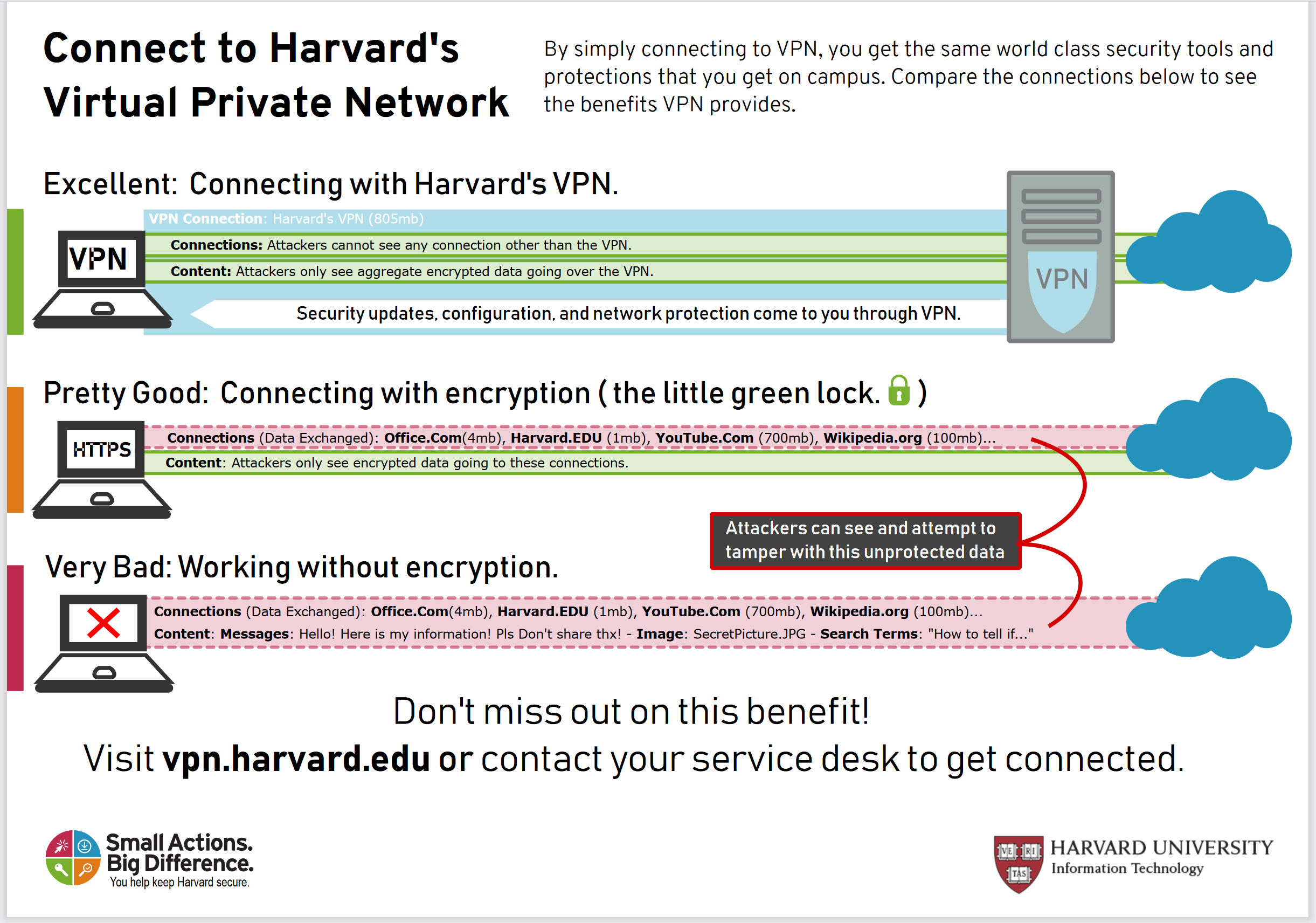Reimagine Contact Centers with AI and Cloud
Contact Centers with AI and Cloud Contact centers have experienced overwhelming strain since the onset of the pandemic and for many organizations this chaotic trajectory has continued.

Contact centers have experienced overwhelming strain since the onset of the pandemic and for many organizations this chaotic trajectory has continued.
In the travel industry, for example, airlines are currently facing record-breaking call volumes and their service agents are struggling to deal with a surge of inquiries. Delta reports call wait times of two to three hours and other major U.S. airlines have call wait times as long as 8 hours and 30 minutes.
Extending superior customer experiences in these types of circumstances is challenging, if not impossible, and customer service agents are equally affected. The average customer service agent remains in their job for approximately one year, according to the U.S. Bureau of Labor Statistics. The time has come for organizations to drastically reimagine their contact centers through the power of automation, artificial intelligence (AI) and the cloud.
Ronald van Loon is a Five9 partner and is providing his substantial experience as an industry analyst to explore the impact of AI and cloud on contact centers and the customer experience (CX).
Organizations across every industry are experiencing similar frustrations in responding to changing customer behaviors as digital-experiences become ubiquitous and customer service becomes even more meaningful under the weight of the ongoing pandemic.
So how can organizations leverage AI and the cloud to supercharge their contact centers while maintaining the fundamental “human spirit” when it comes to delivering a fantastic CX?
DESPITE BEST INTENTIONS, CUSTOMER SERVICE CAN FALL SHORT
Maintaining a consistently seamless, personalized, end-to-end CX across all channels is the new standard for modern contact centers. But delivering on this standard can be difficult and organizations across industries are up against similar challenges, many of which are associated with the expense of operating costs, lack of accessibility and inefficient agent workflows.
- Human agents are working remotely from a variety of locations and are not equipped with the right tools and technology to work effectively.
- Interruption of offshore operations that can prompt excessive wait times and busy signals.
- Persistent concerns over security and privacy as remote work and hybrid work trends continue.
- Transitioning customers throughout channels and experiences, or guiding customers to the best channel to respond to their needs.
- Traditional interactive voice response (IVR) systems can be difficult to navigate and don’t always address customer issues or needs, resulting in a sub-par experience.
- Ability to offer customers a cohesive, comparable experience and uncomplicated access to support or information from anywhere.
- Ensuring agent availability and brief response times even during peak times and unanticipated occurrences, like massive communication or natural disasters.
- Stabilizing workloads for human agents across both non-voice and voice channels to boost agent efficiency.
These challenges can prevent organizations from meeting rapidly changing customer expectations, such as accessing self-service options whenever they want, quickly changing or canceling orders right after they’ve been placed, finding the right information, getting personalized resolution for a problem, or communicating with a brand in real-time.





































